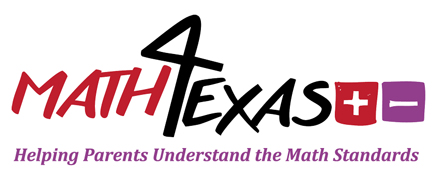T.i.P.S.
-
 With this standard, students build on understandings of circles and volume from seventh grade to find the volume of cylinders, finding the area of the base, and multiplying by the number of layers (the height). Students must be able to explain the meaning of the volume formula of a cylinder as the area of the circular base times the number of layers tall the cylinder is (height). Understanding the formula does not mean students should memorize of the formula and how to calculate the volume. Students should have an understanding of why the formula works and how the formula relates to the measure (volume) and the figure.
With this standard, students build on understandings of circles and volume from seventh grade to find the volume of cylinders, finding the area of the base, and multiplying by the number of layers (the height). Students must be able to explain the meaning of the volume formula of a cylinder as the area of the circular base times the number of layers tall the cylinder is (height). Understanding the formula does not mean students should memorize of the formula and how to calculate the volume. Students should have an understanding of why the formula works and how the formula relates to the measure (volume) and the figure.
Example
-
A cylinder is labeled with the radius and height.
Which of the following represents the volume of the cylinder?
a) V = Bh or V = πr2h, which means the area of the base (πr2) times the height (h).
b) V = Bh or V = 2πrh, which means the area of the base (2r π) times the height (h).
c) V = Bh or V = πdh, which means the area of the base (πd) times the height (h).
d) V = Bh or V = πrh2, which means the area of the base (πr) times the height (h2).
Hint
Possible Solutions
Resources
-
Click on the following links for more information.
TEKS
-
8.6 Expressions, equations, and relationships. The student applies mathematical process standards to develop mathematical relationships and make connections to geometric formulas. The student is expected to:
(A) describe the volume formula V = Bh of a cylinder in terms of its base area and its height





 Click
Click 

